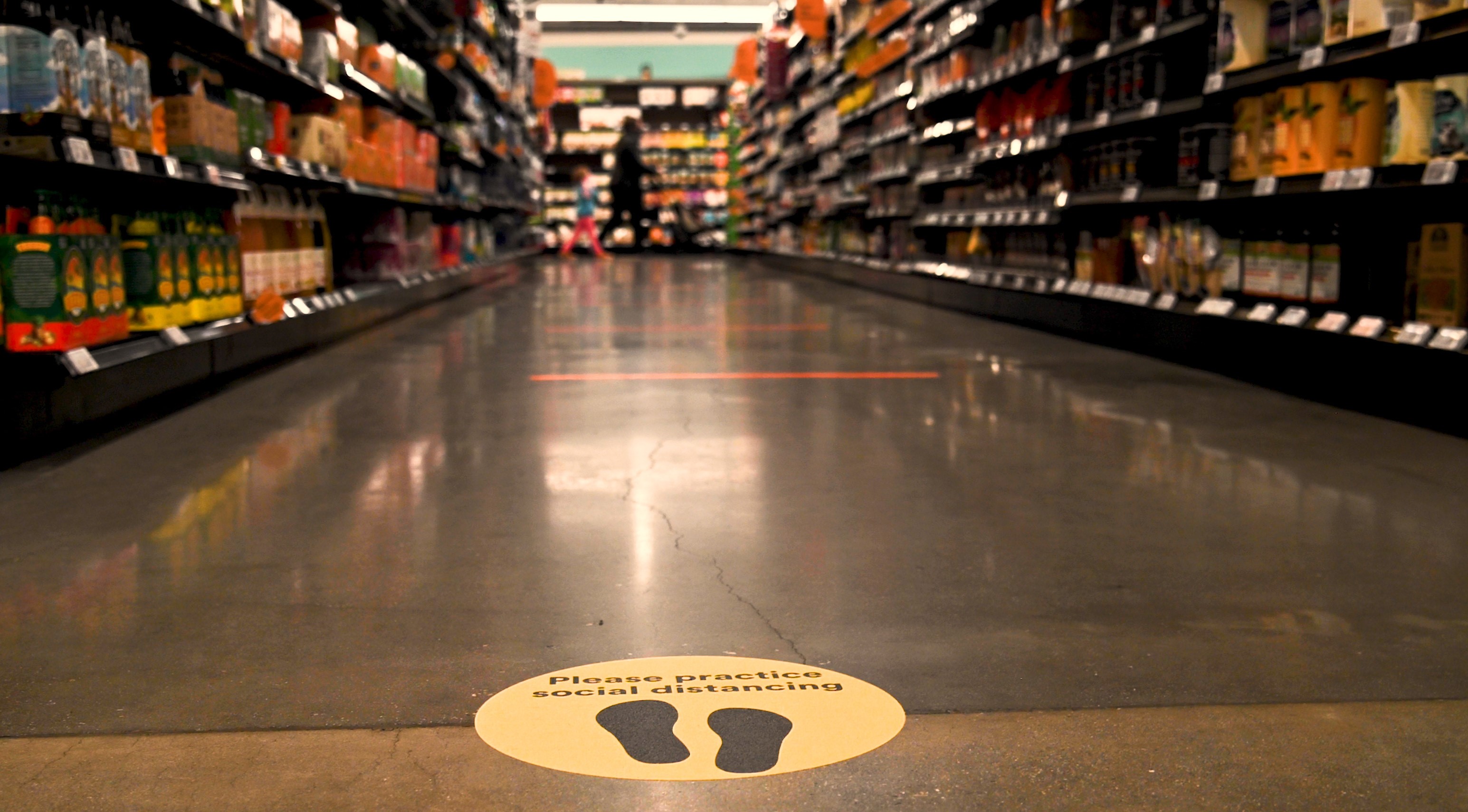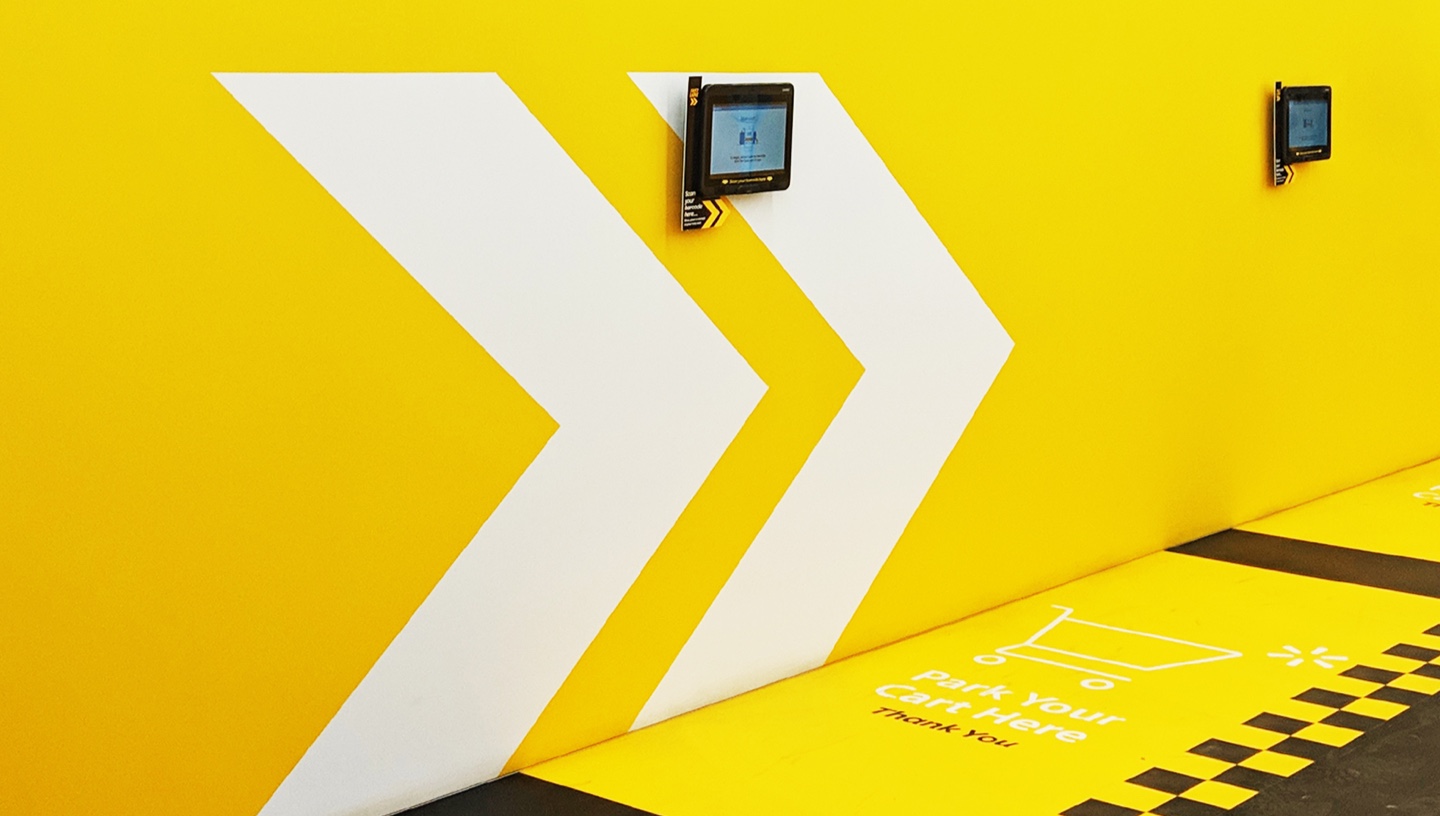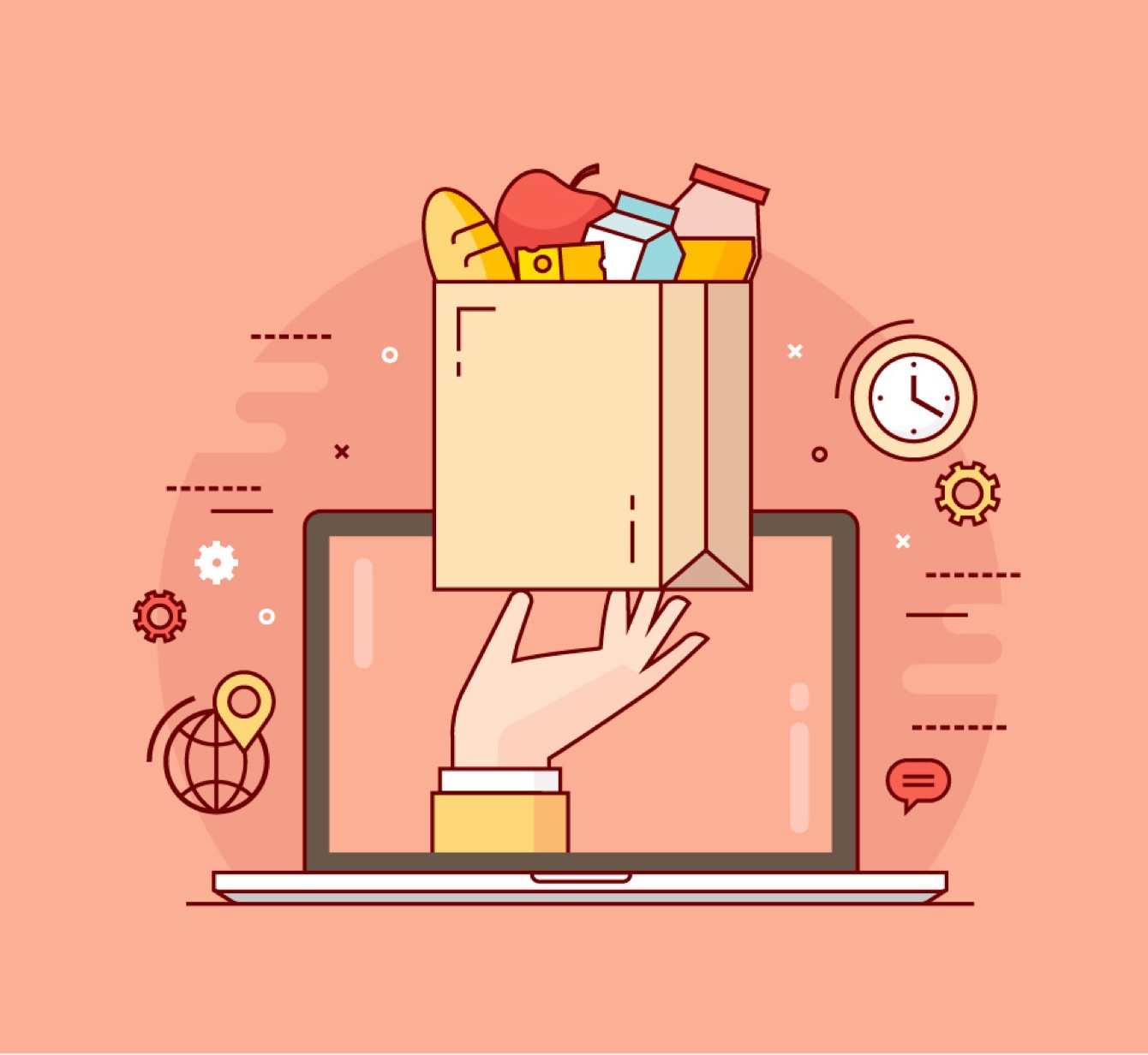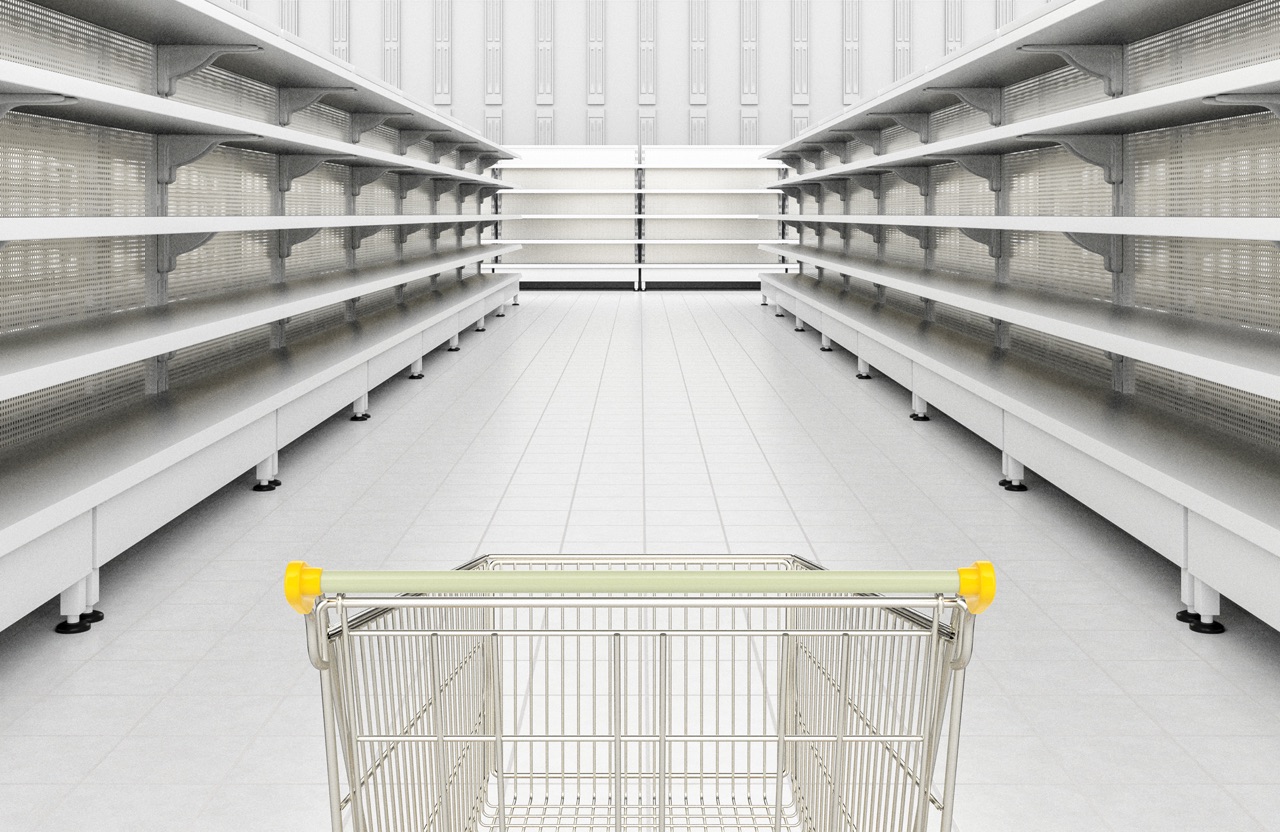There are certain solutions that can address key challenges grocers face as they navigate digital innovation and customer relationships:
Optimize fulfillment
A key problem for grocers in the wake of COVID-19 is to ensure customers are able to buy what they need and get it delivered/picked up quickly and efficiently. When ordering online, customers also expect to have clear communication on the status of their order and pickup/drop off availability. With demand at its peak, this becomes even more of a challenge, as delivery slots become congested and workforce shortages constrain delivery capabilities.
Grocers need to ensure they can use the full breadth of the resources available to them (store and DC network) and optimize order fulfillment in a way that’s quick, safe and cost efficient. This could mean optimizing parameters like store capacity, stock outs, shipping cost, processing cost and orchestrating across all possible fulfillment nodes including stores, DCs, dark stores, third-party logistics providers, additional fulfillment centers or even temporary hyper-local stores/fulfillment centers.
Gathering the right set of data to understand the locations (stores and DCs) and the products (fast moving vs. others) that could help fulfillment would be the first step. A robust store inventory management processes supported by the latest cloud-based technologies can provide visibility across the distribution network, ensuring customers are able to purchase what they need and provide transparency on fulfillment options, allowing grocers to better meet consumer needs and communicate effectively in the event of supply limitation.
Leverage technology to forecast demand and optimize inventory
As supply and demand for different products fluctuates, grocers must maintain full visibility of their supplier network capabilities to properly monitor fluctuations in near real-time and control demand for products in locations they are needed the most, while optimizing inventories across the supply chain. Investment in big data and machine learning (ML) technologies to predict individual items and store locations based on buying patterns, the probability of future returns in emergency events like COVID-19, among other factors like seasonal demand will go a long way when demand planning now, and in the future.
Develop centralized control tower to understand performance and risk
Clear visibility and supply-chain monitoring is imperative when identifying and responding to possible threats, inconsistencies or disruption that could affect fulfillment and customer experience. Establish remote control tower centers to manage and control stakeholders, supply chain performance, fulfillment, and financial stress. Typically, this can work through agile, cloud-based platforming, integrating data from other internal systems and data from third-party suppliers.


















